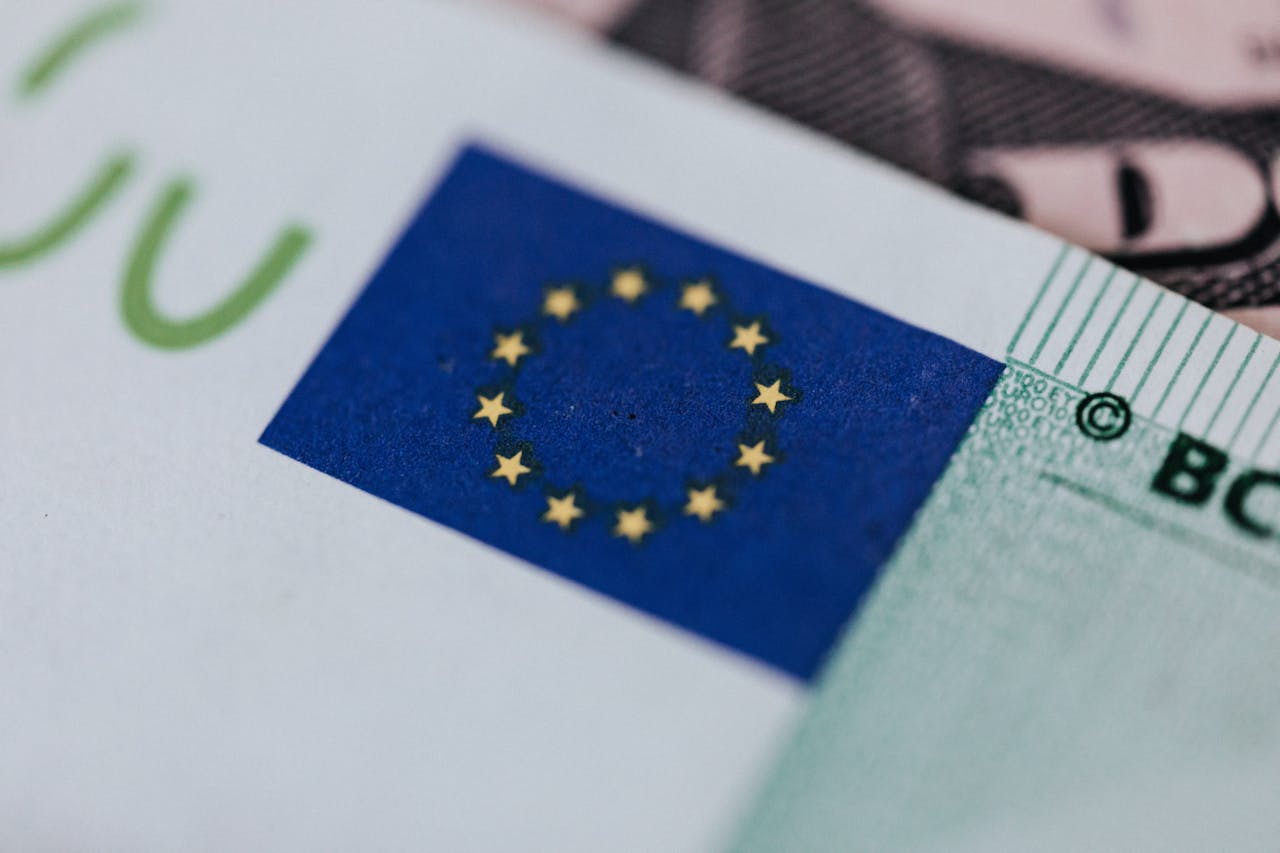Policy background
31 March 2025
EU Strategy for Sustainable and Circular Textiles
Policy background
31 March 2025
Ecosystem's readiness to support EU strategic autonomy and defence efforts
Investments and funding
R&I, techniques and technological solutions
+18 more
Login / create an account to be able to react
-
78

The EU Strategy for Sustainable and Circular Textiles sets out a framework to facilitate the transition towards increased circularity and sustainability by 2030, and to this end announced actions along the textiles value chain.
Topics
Albania
Armenia
Austria
Belgium
Bosnia and Herzegovina
Bulgaria
Croatia
Cyprus
Czechia
Denmark
Estonia
EU-27
Finland
France
Georgia
Germany
Greece
Hungary
Iceland
Ireland
Italy
Kosovo
Latvia
Liechtenstein
Lithuania
Luxembourg
Malta
Moldova
Montenegro
Netherlands
North Macedonia
Norway
Poland
Portugal
Romania
Serbia
Slovakia
Slovenia
Spain
Sweden
Switzerland
Türkiye
Ukraine
Academic / Research and VET Institutions
Business Support Organisation
Company with 250 or more employees
Consumer Organisations
Cultural and Heritage Organisations
Destination Management & Marketing Organisations
EU Institutions
Financial Institutions and Investors
Industry Associations and Chambers of Commerce
International Organisations
Local Authorities
Media / Journalist Organisations
National authorities
Networks and Federations / Confederations
NGOs / Non-profits
Regional Authorities
SMEs (a company with less than 250 employees)
Social Economy Entity
Trade Unions
-
Transition Pathway's building blocks
-
-
Ecosystem's readiness to support EU strategic autonomy and defence efforts
-
Investments and funding
-
R&I, techniques and technological solutions
-
Skills
-
Sustainable competitiveness
-
Regulation and public governance
-
-
Industrial ecosystems
-
-
Cultural and creative industries
-
Energy-renewables
-
Proximity and social economy
-
Textile
-
-
Textiles ecosystem areas
-
-
Fibres, yarns and fabrics
-
Apparel and clothing accessories
-
Household/interior textiles
-
Technical textiles
-
Leather and fur
-
Footwear
-
Research and Innovation
-
Technology and Machinery
-
Waste management, reuse and repair
-
Business support and Communication
-
Not area specific (interested in more than one of the above)
-
Share
The EU Strategy for Sustainable and Circular Textiles addresses the production and consumption of textiles, whilst recognising the importance of the textiles sector. It implements the commitments of the European Green Deal, the Circular Economy Action Plan and the European industrial strategy.
The Strategy looks at the entire lifecycle of textile products and proposes coordinated actions to change how we produce and consume textiles.
For more information, see Textiles strategy - European Commission.
Comments (0)
See also
-
7
Building skills for the future: The EU’s sectoral blueprint approach
- Categories
- Infrastructure Investments and funding R&I, techniques and technological solutions +28 more
-
52
The Green Deal Industrial Plan: Accelerating Europe’s net-zero industry
- Categories
- Infrastructure Investments and funding R&I, techniques and technological solutions +28 more
-
12
Cross-industry and sectoral social dialogue
- Categories
- Infrastructure Investments and funding R&I, techniques and technological solutions +28 more




